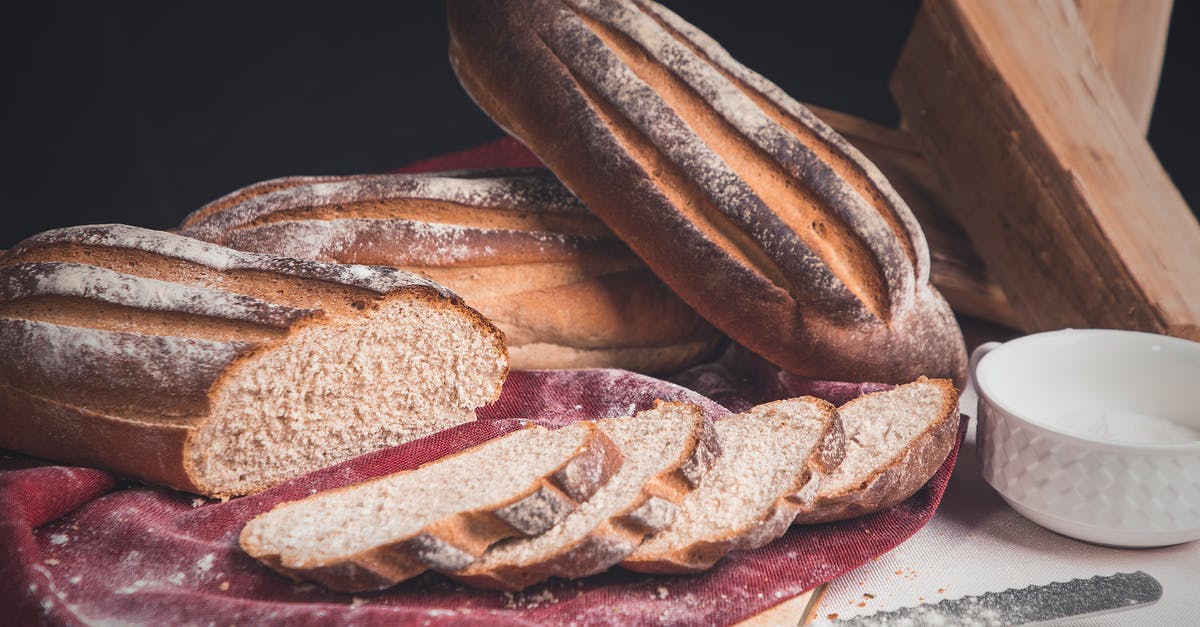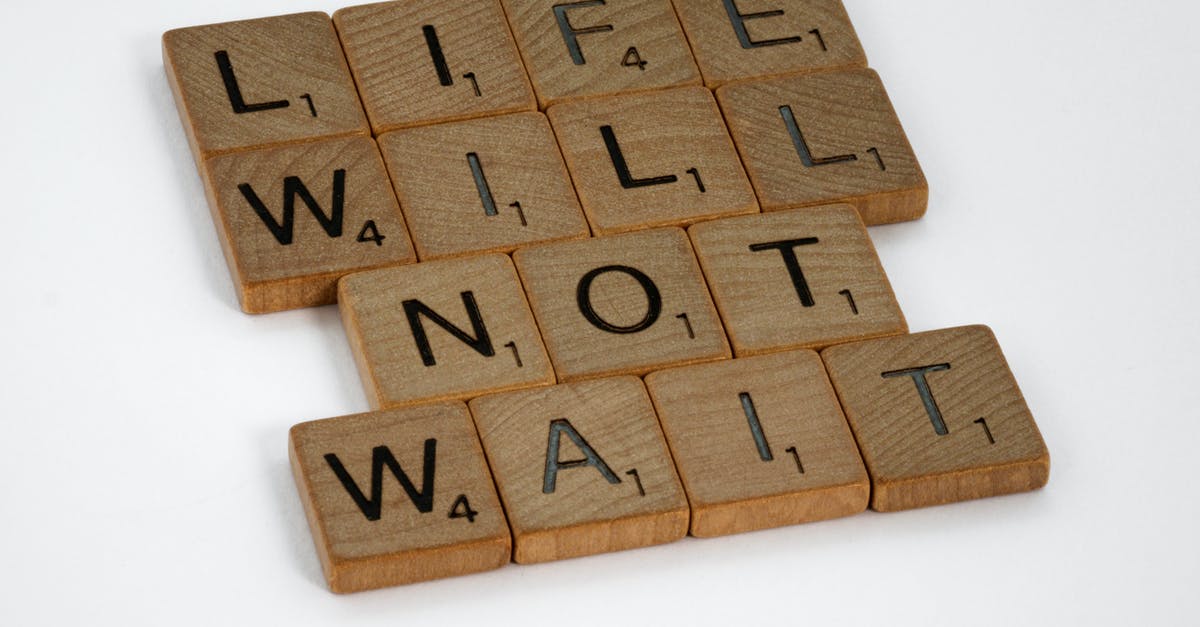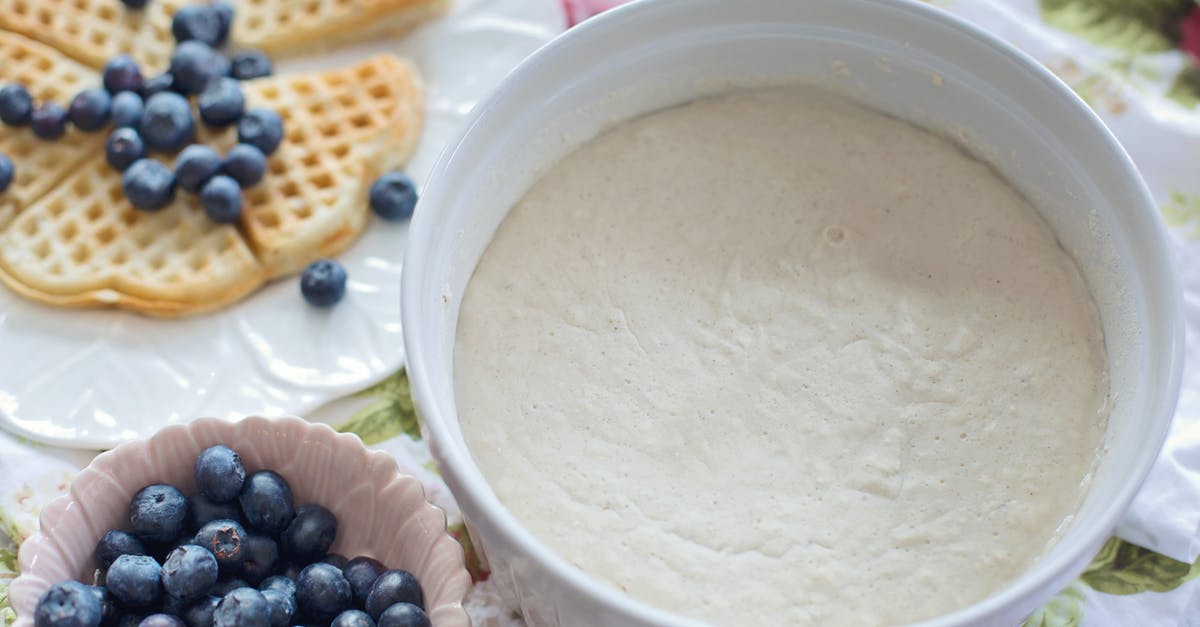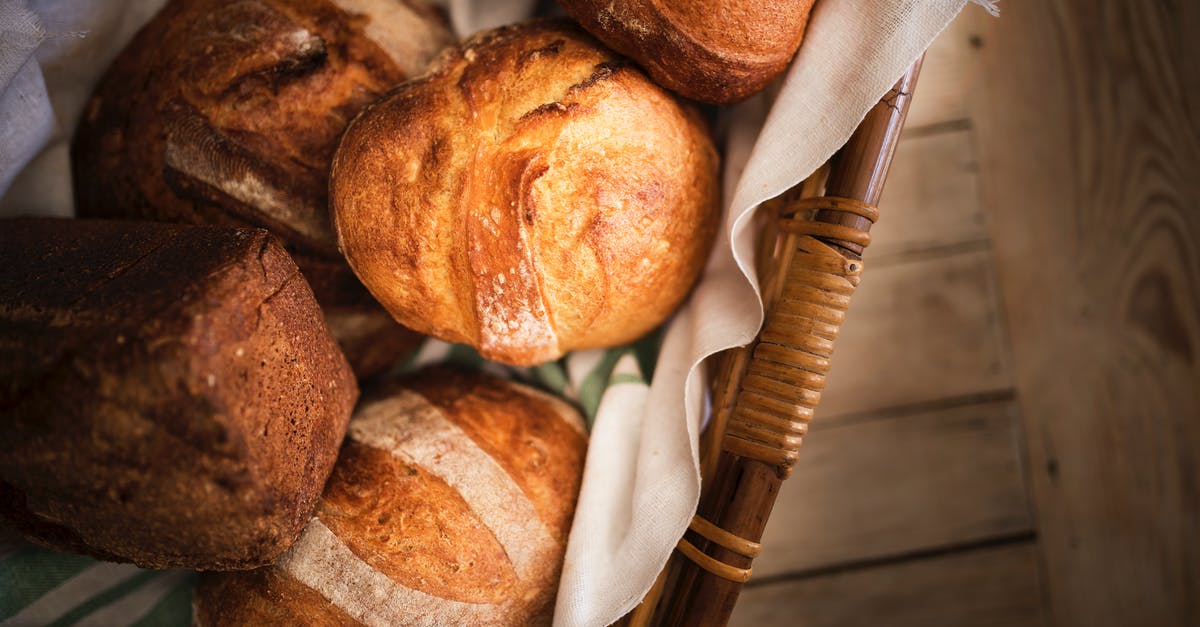Can't seem to get my rye sourdough starter really going

I've been trying to get a rye sourdough starter going so that I can make all-rye sourdough bread. I've been at it for two weeks, with a 1:1:1 of water, starter and rye at 50g (the first two days I added organic honey and didn't start discarding starter until the 4th day).
At one point the recipe I was following said 50:100:100 of starter, water and rye flour, and it did a little better that day than the previous if I'm remembering right. The main issue is it isn't bubbly enough. Some days I get some good bubbles, but I can't seem to link it to anything. I've been keeping the starter in the oven with the light on because I think our house is too cold, (we keep our house at 68 at night and 75 during the day) but I don't know if that's the right way to do it. I live in hot, humid New Orleans, so that could be affecting it (or our A/C).
I tried to make a loaf last night and it actually hasn't risen at all, which is why I am turning for help. The starter passed the float test before I made the loaf, and smells sweet and sour like sourdough, but is pretty dense and thick, and the bubbles aren't at the level I see in pictures.
Help please! Not sure what to fix, if it could be moisture, temp, or the flour I'm using (bulk section rye flour for the first week and Red's dark rye once I ran out). I want to get a good robust one going so I can keep it for a while but it hasn't gone anywhere promising so far.
Best Answer
Your problem likely has little to do with moisture or temperature -- starters can actually be established in a wide variety of conditions, from a dry dough ball to very wet, and can from very cool temperatures to quite warm ones. It may take more or less time to establish in some conditions, but your parameters sound well within range. I would check the "oven with light on" temperature if possible, just to see what it is, but I doubt it's high enough to cause problems. (You probably don't want to go much above 85-90F when trying to establish a wild-yeast starter, and a little lower than that is probably ideal.)
As FuzzyChef said, it's possible that chlorinated water or old flour can cause problems.
But my guess from your description that your starter rose significantly with greater feeding is that it's simply starving. Once yeast begins to be established (usually 3-4 days after beginning a starter, with 24-hour feedings, but can be anywhere from about 2 to 7 days depending on conditions), you should increase the frequency of feedings. I generally prefer twice per day, but it depends on temperature and amount fed. For 1:1:1, every 12 hours or so is reasonable.
The problem with letting the starter sit for 24 hours at a time while trying to get established is that the yeast usually have peak growth pretty early on (within a few hours of a feeding), but after several hours, mostly you're just growing lactic acid bacteria, which makes the starter acidic ("sour"). That's good, up to a point. The problem is when the starter begins to get too sour, yeast die off, and they run out of food without feedings.
A 12-hour cycle might be enough of a shift to jumpstart the yeast growth and catch them before they start dying off every day. (Some people with so-called "sluggish" starters or starters that have become too acidic will even try more frequent feedings for a limited time.) I think at this point you might have a relatively small amount of yeast that just isn't growing much from day-to-day. Try feeding more frequently for several days and see what happens. For a 100% hydration starter (which you have), you usually want to see a starter that can consistently double or even triple in size within 2-4 hours after a feeding before you start trying to bake bread with it.
Pictures about "Can't seem to get my rye sourdough starter really going"



Why is my rye sourdough starter not rising?
If at one point your starter was all bubbly and happy, and now it's not rising anymore, it's possible that it needs a few extra feedings to boost the yeast development. Assuming you understand how temperature and ingredients can effect the rise of your starter, try feeding it 2x per day and see what happens.Why is my sourdough starter not doubling in size?
If your starter is not doubling or growing substantially in volume between feedings, it is not strong enough to leaven dough. You can certainly try baking, but you most likely will not achieve proper fermentation.Why is my sourdough starter so slow?
When your starter slows down, or loses its characteristic taste, you need to reduce its acidity and revitalize it. Dilution reduces acidity. And larger feedings encourage yeast activity.Can - Mother Sky (1970) [HQ]
More answers regarding can't seem to get my rye sourdough starter really going
Answer 2
It sounds like your starter isn't attracting wild yeast, or the strains it's attracted aren't very vigorous. You're getting the right bacterial culture (hence the smell), but not the right yeast.
The following suggestions are based on the Berkeley Cheeseboard book, together with my experience of doing a rye-then-wheat starter. I have not done an all-rye starter, so there may be some differences.
Here are the main two fixes for yeast formation:
- Use bottled distilled water instead of tap water, which often has microorganism-killing chlorine, chloramine, or ozone in it (yes, you'll want to do this every time you cycle your starter).
- Try switching to an organic, minimally processed (stone-ground helps) rye flour. This is so that the rye retains the natural yeasts present on the grain, since your process doesn't provide much opportunity to collect yeasts from the air.
If that doesn't solve the problem, some additional tips:
- The Cheeseboard instructions use a 48-hour cycle, for 2 weeks, to build up the original starter. The process you linked uses a 24-hour cycle, which may be too short; certainly the writer's assertion that you should have a viable starter in 4 days seems suspect.
- Try leaving the sourdough outside for part of the night, or even overnight. It's possible that you just can't get the right natural yeasts from the flour itself.
- Try adding a few organic grapes (wine grapes are ideal, but others will work) to the bowl as a source of wild yeast.
- If all else fails, try adding a tiny pinch of high-quality commercial yeast (like Red Star or Bob's Red Mill fridge yeast) to the starter culture.
Sources: Stack Exchange - This article follows the attribution requirements of Stack Exchange and is licensed under CC BY-SA 3.0.
Images: Dima Valkov, Brett Jordan, Jill Wellington, Piotr Arnoldes
